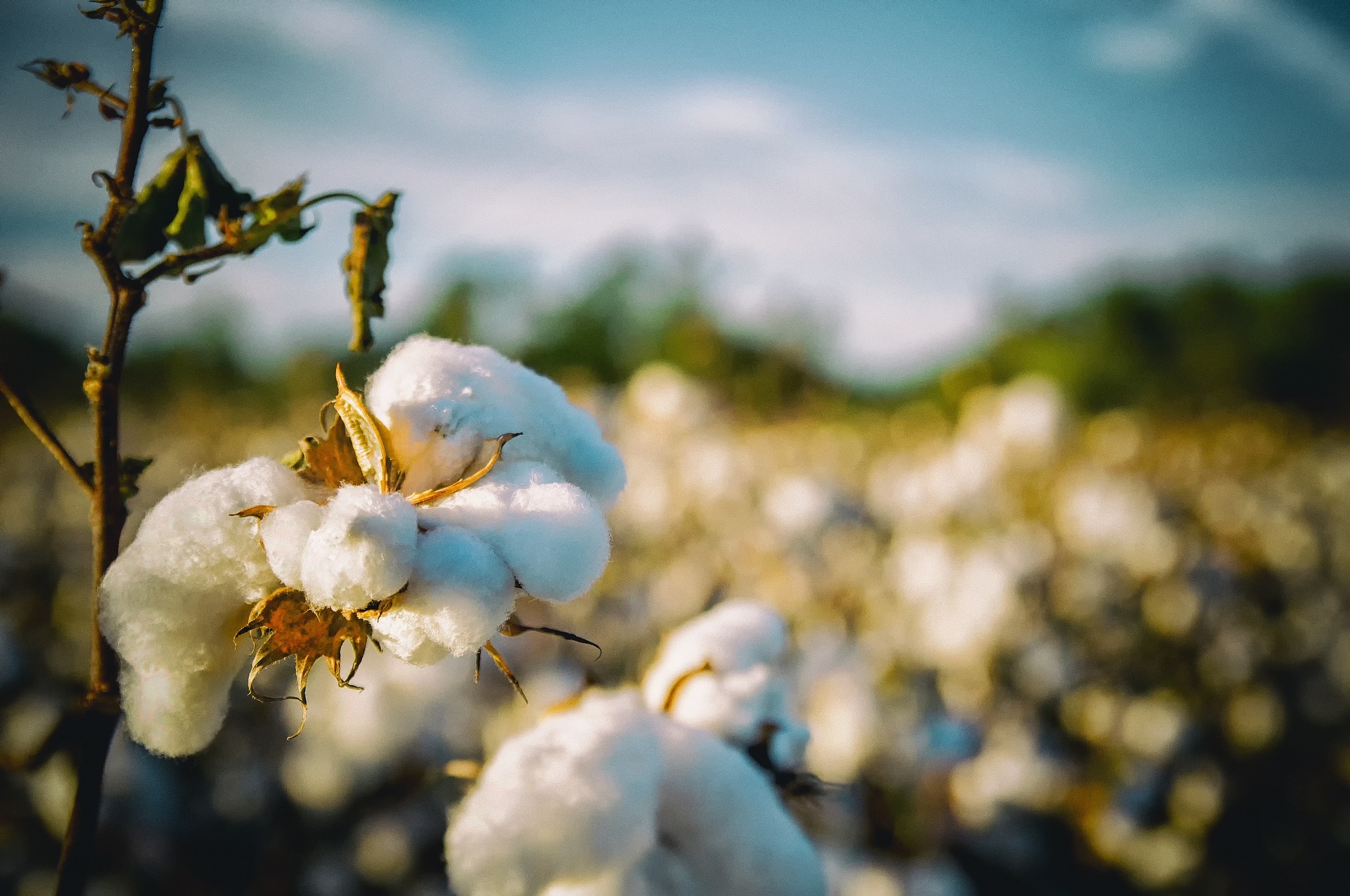Accountability and a comprehensive approach to export programming

WPI’s team helped construct a strategic approach to develop, implement, and track promotional activities in 8 key regions across the globe for an agricultural export association. With continued progress measurement and strategic advisory services from WPI, the association has seen its ROI from investments in promotional programming increase by 44 percent over the past 5 years. Not only does this type of holistic approach to organizational strategy provide measurable results to track and analyze, it fosters top-down and bottom-up organizational accountability.

 The Department of the Interior has added phosphate and potash, two key fertilizer ingredients, to the official Critical Minerals List. They are part of 60 minerals deemed vital to the U.S. economy and national security, with 10 of those being newly listed, that face potential risks from disrupt...
The Department of the Interior has added phosphate and potash, two key fertilizer ingredients, to the official Critical Minerals List. They are part of 60 minerals deemed vital to the U.S. economy and national security, with 10 of those being newly listed, that face potential risks from disrupt...
 Ahead of next week’s USDA’s Crop Production and WASDE reports, WPI offers our latest projections for the corn, soybean, and wheat balance sheets. The key findings from this effort are that corn and soybean supplies are set to expand on upward yield revisions. Too, demand for corn an...
Ahead of next week’s USDA’s Crop Production and WASDE reports, WPI offers our latest projections for the corn, soybean, and wheat balance sheets. The key findings from this effort are that corn and soybean supplies are set to expand on upward yield revisions. Too, demand for corn an...
 Trade was once again at the forefront of the CBOT’s trade on Wednesday, with reductions in Chinese tariffs, rumors of Chinese buying, and a dimming political outlook for President Trump’s tariff regime being the most salient factors. China announced today that it will cut tari...
Trade was once again at the forefront of the CBOT’s trade on Wednesday, with reductions in Chinese tariffs, rumors of Chinese buying, and a dimming political outlook for President Trump’s tariff regime being the most salient factors. China announced today that it will cut tari...
 Bullish sentiments have been driving the CBOT higher since last week’s U.S.-China trade talks, but bears finally made an appearance on Tuesday. The CBOT saw the entire soy complex pullback as China has not confirmed anything about what the Trump administration claims was agreed to in Sout...
Bullish sentiments have been driving the CBOT higher since last week’s U.S.-China trade talks, but bears finally made an appearance on Tuesday. The CBOT saw the entire soy complex pullback as China has not confirmed anything about what the Trump administration claims was agreed to in Sout...